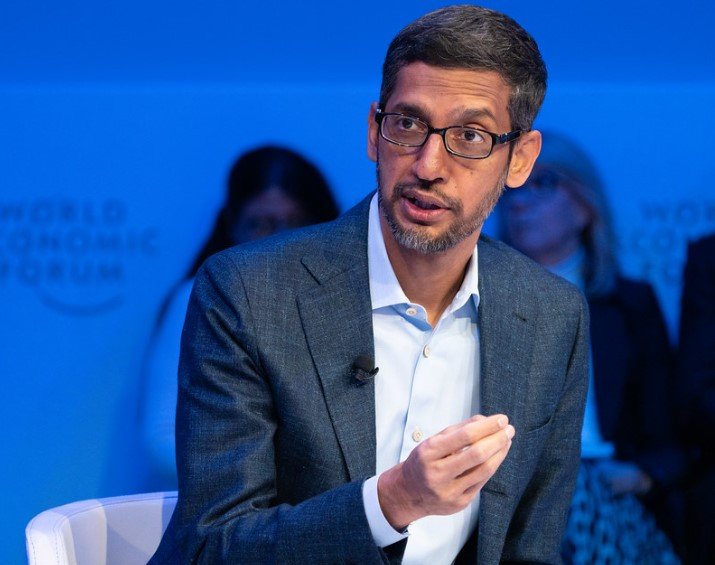Google is once again trimming the sails. This time, it’s offering voluntary buyouts to staffers in some of its most central teams—Search, Ads, Engineering, even Marketing. It’s a quiet but significant move, suggesting the tech giant is still deep in the thick of restructuring.
The offers, confirmed Tuesday, are landing on desks from the knowledge and information group all the way to communications and research. And for remote workers near offices? There’s a message there too: it’s time to come in. Or consider the exit.
Another Quiet Shake-Up at Mountain View
This isn’t the first time Google has reduced headcount post-pandemic, but the tone is changing.
In 2023, the company made headlines for axing 12,000 jobs. Since then, it’s been rolling out quieter measures—like reorgs and targeted staff trims. This week’s buyout offers, described as “voluntary exit programs,” are being extended to U.S.-based employees.
Those in the knowledge and information unit—known as K&I—are notably in the spotlight. That team handles Search, Ads, and Commerce. It’s big. Around 20,000 people big. It also just got a new leader: longtime exec Nick Fox.
His memo to employees didn’t sugarcoat the situation. Staff who “aren’t meeting expectations” might want to take the offer. Those still pumped about the work? Stick around.

Remote Staff Face Office Ultimatum
Beyond buyouts, some teams are tightening the screws on hybrid work.
If you’re a Google employee living within 50 miles of an office and you’ve been enjoying remote life? That might be over soon. Several teams, the company confirmed, are requiring those staffers to come back—at least part time.
There’s no across-the-board return-to-office mandate yet. But this localized push signals where leadership may be headed.
Just one sentence: The message is subtle, but clear.
The hybrid work pitch is about “bringing folks together in-person,” per a spokesperson. But some employees see it as a not-so-subtle nudge: come back or consider other options.
What’s Behind the Voluntary Exit Push
This isn’t just about performance. Or office space. It’s economics, morale, and strategic reshuffling all baked into one.
Here’s what we know about the program:
-
It includes severance packages for U.S.-based workers
-
It’s not mandatory, but some teams are heavily encouraging participation
-
Employees in Search and Ads units are among those affected
-
Marketing, research, engineering, and comms are also impacted
Google hasn’t disclosed how many workers it hopes will opt in—or how many already have.
But the timing is telling. Tech companies, even giants like Google, are still recalibrating after pandemic hiring sprees. Many over-hired. Now they’re course-correcting, and in a way that avoids the PR blast of mass layoffs.
A Look at Google’s Restructuring Timeline
To make sense of this moment, let’s glance back at Google’s recent internal moves. The company hasn’t stopped evolving since 2023’s layoff wave.
| Date | Event |
|---|---|
| Jan 2023 | Google cuts 12,000 jobs globally |
| Oct 2023 | K&I unit reorganized under Nick Fox |
| Early 2025 | First wave of voluntary exit programs launched |
| June 2025 | New buyout offers go out to more U.S. teams |
Each shift adds up. And employees are feeling it.
Some see the offers as an escape hatch. Others feel whiplash—from hybrid mandates one day to morale-boosting town halls the next.
What’s Next for Employees on the Fence?
There’s no one-size-fits-all answer here. Employees are weighing their options—and not just financially.
One engineer based in California, who asked not to be named, said the vibe at work has changed. “We’re in limbo. Some teams are quiet, others are doubling down. It’s hard to know if you should stay and wait it out or just take the package.”
And there’s fear too. That those who stay may be under the microscope.
Another staffer in marketing said, “It’s like a slow-motion restructure. If your project isn’t visibly tied to revenue, it feels risky.”
Just one sentence again: People are talking, but few feel secure.
Leadership Wants to Get Leaner, Quieter
Sundar Pichai and Google’s top brass aren’t holding big pressers about this. That’s intentional.
The company’s tone in these changes has been carefully managed—less alarm, more strategic repositioning. The goal? Slim down without spooking investors or sparking a media frenzy.
Spokesperson Courtenay Mencini told CNBC the buyout moves are “supporting important work ahead.” That’s vague, but it fits the pattern of softly spoken corporate shifts.
Some Googlers, though, are beginning to read between the lines. Even those not impacted are starting to ask: is my team next?








